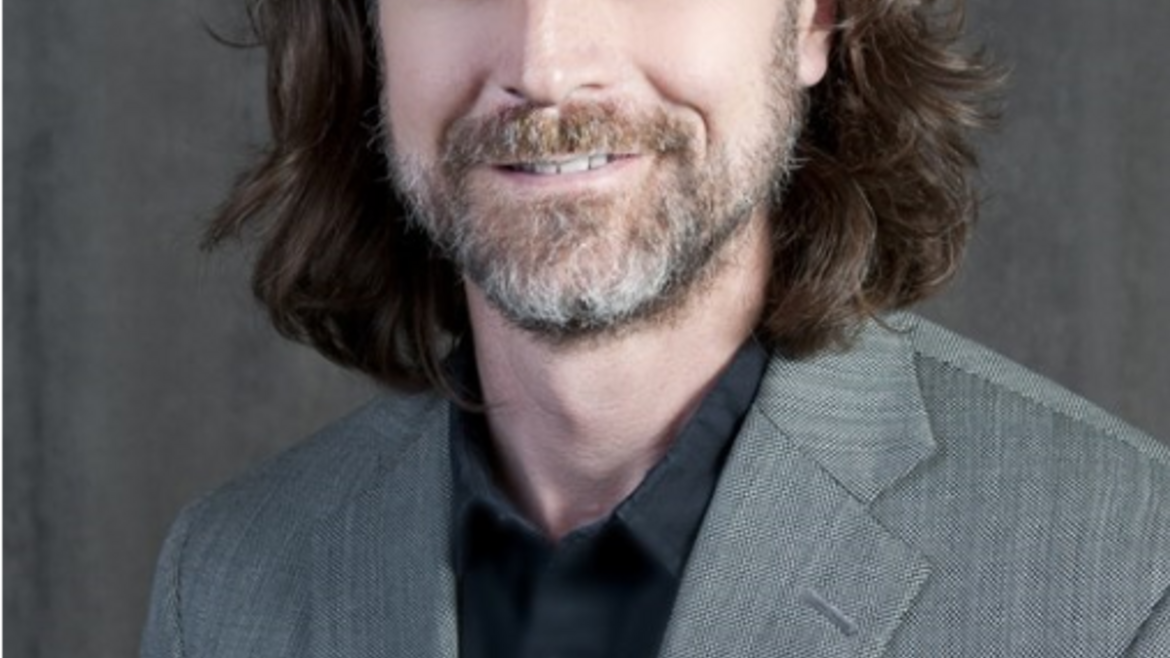Colloquium: Scott Beckman

The cross linking and chain scission of irradiated polyethylene
Scott Beckman, Ph.D.
Associate Professor
School of Mechanical and Materials Engineering
Washington State University
Electrical insulation around cabling is an essential engineering component in nuclear power plants. It is often comprised of ethylene-propylene rubber or cross-linked polyethylene in addition to other components such as fire retardants. During its lifetime, it is subjected to an environment of heat, radiation, water, and other constituents that can lead to damage. For the purpose of maintenance and reactor recertification, it is necessary to develop a non-destructive approach to determine the state of the insulation over time. Accelerated aging experiments are used to develop these methods, although at this time it is unclear how to relate the accelerated aging results to in situ aged specimen. Here we use a kinetic rate model to investigate the impact of radiation dose rate and total dose on damage to polyethylene, which takes the form of cross linking and chain scission. Analytical expressions are developed for the concentration of cross-linked and scissioned sites as a function of time and radiation rate. At low total doses, the scission reaction rate is significantly slower than cross linking, but at high total doses the situation is reversed. In addition, whereas the cross-linking reaction terminates rapidly when the radiation is turned off, chain scission can continue for months or years after the exposure is ended.
Prof. Beckman received his B.S. in Ceramic Engineering from Iowa State University and his Ph.D. in Material Science Engineering from the University of California at Berkeley. His thesis work focused on understanding the atomic and electronic structures of dislocations in zinc-blende semiconducting compounds. At the University of Texas at Austin, as a post-doctoral researcher in the departments of chemical engineering and physics, he investigated the impact of intrinsic point defects on self-diffusion in semiconducting nanocrystals. He was a member of the development team that released PARSEC version 3.0, a real-space, density functional theory software package. At Rutgers University in Piscataway, as a post-doctoral researcher in the department of physics, he investigated the structure and migration barriers of domain walls in ferroelectric oxides and the migration of vacancies in perovskite solid solutions. He is currently an Associate Professor at Washington State University in the School of Mechanical and Materials
Engineering. His research group broadly studies engineering materials using a broad range of theoretical and computational methods.